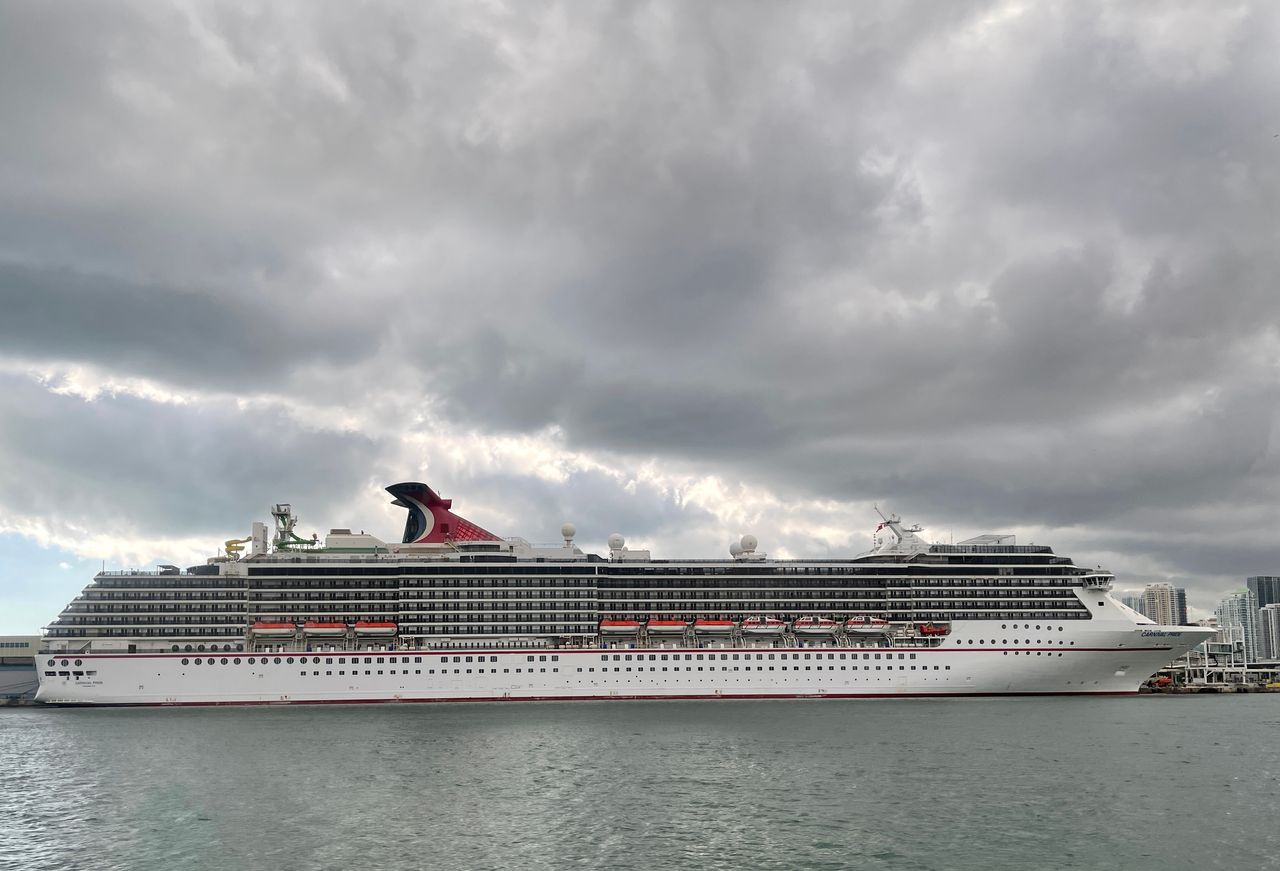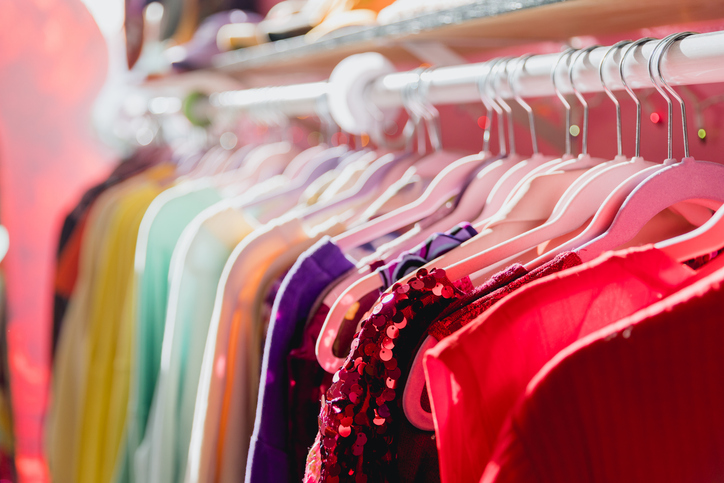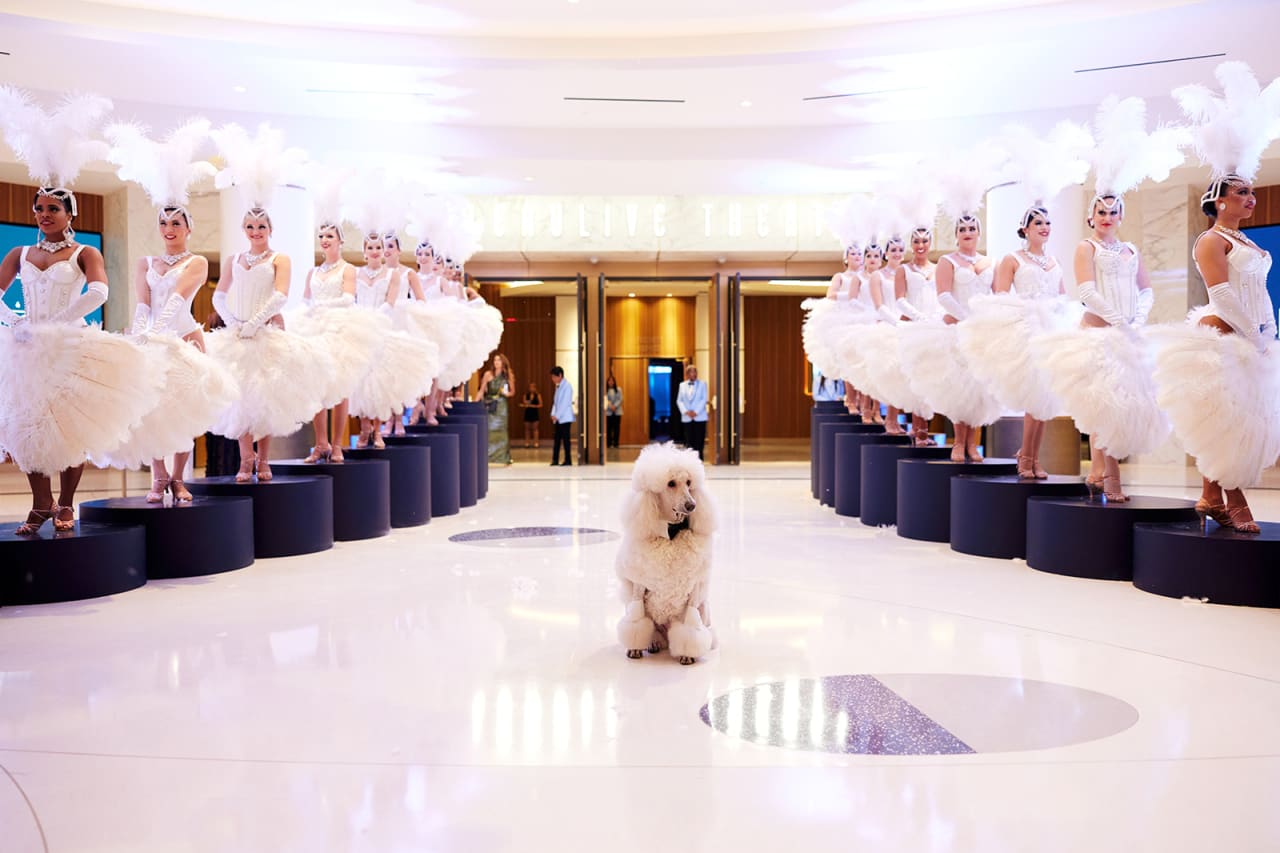Cruise Stocks Get Upgraded by Macquarie, Because Covid’s Worst Is in the Past
Macquarie Research has upgraded the cruise stocks to Outperform, asserting that “most negative catalysts are in the rear-view mirror.”
Macquarie Research has upgraded the cruise stocks to Outperform, asserting that “most negative catalysts are in the rear-view mirror.”
Based on valuation, Paul Golding and Charles Yu of Macquarie wrote that they see the most upside in Norwegian Cruise Line Holdings (ticker: NCLH), followed by Carnival (CCL), and Royal Caribbean Group (RCL). They upgraded the stocks from Neutral.
Shares for Norwegian were at $31 and change Tuesday morning, up 4.6% in early trading, while Royal Caribbean and Carnival were also each up more than 4%.
The cruise operators have for the most part been unable to have any sailings for about a year due to the pandemic. A key question is when sailings in and out of U.S. reports will resume. The Centers for Disease Control and Prevention issued a conditional sail order last October, but U.S. sailings haven’t resumed. The cruise companies have suspended their U.S. sailings well into the spring.
Golding and Yu wrote that “technical instructions from the CDC are also forthcoming and could drive more confidence.”
In an email to Barron’s early last month, a CDC representative wrote: “Future orders and technical instructions will address additional activities to help cruise lines prepare for and return to passenger operations in a manner that mitigates COVID-19 risk among passengers, crew members, including simulated voyages, certification for conditional sailing, and restricted voyages.”
Although still well below their pre-pandemic levels in early 2020, the cruise stocks have been moving up as investors get more confident about a reopening of the economy. As of Monday’s close, the stocks of all three companies were up by at least 15% year to date.
Besides forthcoming guidance from the CDC, macro catalysts for the cruise companies include “an expectation of sufficient vaccine efficacy for consumers to feel comfortable engaging in leisure activities.”
“While shares have bounced quite a way off their 1-[year] lows, and barring recession or a sector rerating, the catalysts should trend more positive from here into summer,” they wrote.
The research note points out that Carnival’s announcement last month that it had closed on a $3.5 billion senior unsecured debt offering “bodes well” for its liquidity situation and for the industry’s. “It demonstrates the potential for the group to continue to fund operations even if the suspension gets drawn out,” they noted.
Separately, Carnival announced last month that it had priced an offering for its 40.5 million shares of common stock at $25.10. That adds up to about $1 billion of additional capital, one of various steps the company has taken to shore up its liquidity as its ships sit idle and it burns through hundreds of millions of dollars every month.
 Copyright 2020, Dow Jones & Company, Inc. All Rights Reserved Worldwide. LEARN MORE
Copyright 2020, Dow Jones & Company, Inc. All Rights Reserved Worldwide. LEARN MORE
This stylish family home combines a classic palette and finishes with a flexible floorplan
Just 55 minutes from Sydney, make this your creative getaway located in the majestic Hawkesbury region.
Continued stagflation and cost of living pressures are causing couples to think twice about starting a family, new data has revealed, with long term impacts expected
Australia is in the midst of a ‘baby recession’ with preliminary estimates showing the number of births in 2023 fell by more than four percent to the lowest level since 2006, according to KPMG. The consultancy firm says this reflects the impact of cost-of-living pressures on the feasibility of younger Australians starting a family.
KPMG estimates that 289,100 babies were born in 2023. This compares to 300,684 babies in 2022 and 309,996 in 2021, according to the Australian Bureau of Statistics (ABS). KPMG urban economist Terry Rawnsley said weak economic growth often leads to a reduced number of births. In 2023, ABS data shows gross domestic product (GDP) fell to 1.5 percent. Despite the population growing by 2.5 percent in 2023, GDP on a per capita basis went into negative territory, down one percent over the 12 months.
“Birth rates provide insight into long-term population growth as well as the current confidence of Australian families,” said Mr Rawnsley. “We haven’t seen such a sharp drop in births in Australia since the period of economic stagflation in the 1970s, which coincided with the initial widespread adoption of the contraceptive pill.”
Mr Rawnsley said many Australian couples delayed starting a family while the pandemic played out in 2020. The number of births fell from 305,832 in 2019 to 294,369 in 2020. Then in 2021, strong employment and vast amounts of stimulus money, along with high household savings due to lockdowns, gave couples better financial means to have a baby. This led to a rebound in births.
However, the re-opening of the global economy in 2022 led to soaring inflation. By the start of 2023, the Australian consumer price index (CPI) had risen to its highest level since 1990 at 7.8 percent per annum. By that stage, the Reserve Bank had already commenced an aggressive rate-hiking strategy to fight inflation and had raised the cash rate every month between May and December 2022.
Five more rate hikes during 2023 put further pressure on couples with mortgages and put the brakes on family formation. “This combination of the pandemic and rapid economic changes explains the spike and subsequent sharp decline in birth rates we have observed over the past four years,” Mr Rawnsley said.
The impact of high costs of living on couples’ decision to have a baby is highlighted in births data for the capital cities. KPMG estimates there were 60,860 births in Sydney in 2023, down 8.6 percent from 2019. There were 56,270 births in Melbourne, down 7.3 percent. In Perth, there were 25,020 births, down 6 percent, while in Brisbane there were 30,250 births, down 4.3 percent. Canberra was the only capital city where there was no fall in the number of births in 2023 compared to 2019.
“CPI growth in Canberra has been slightly subdued compared to that in other major cities, and the economic outlook has remained strong,” Mr Rawnsley said. “This means families have not been hurting as much as those in other capital cities, and in turn, we’ve seen a stabilisation of births in the ACT.”
This stylish family home combines a classic palette and finishes with a flexible floorplan
Just 55 minutes from Sydney, make this your creative getaway located in the majestic Hawkesbury region.






















